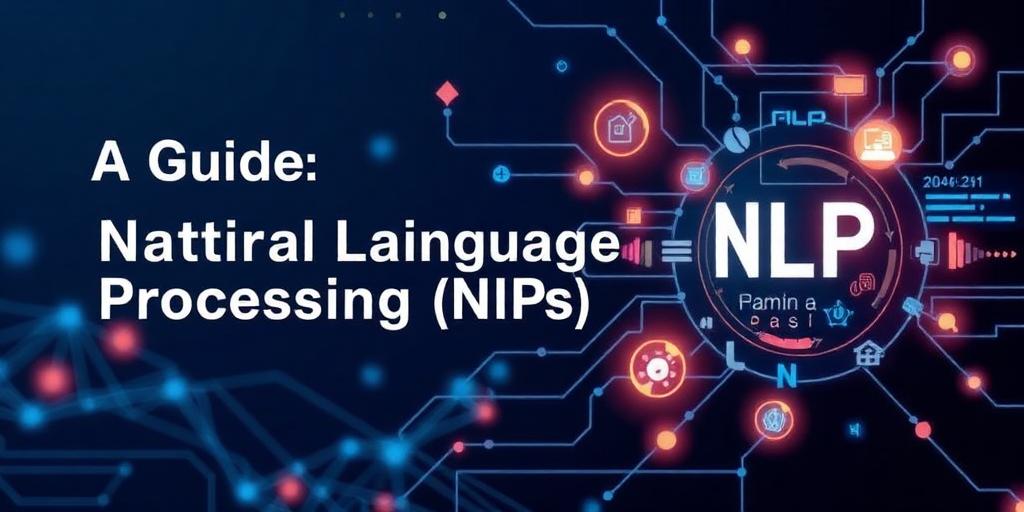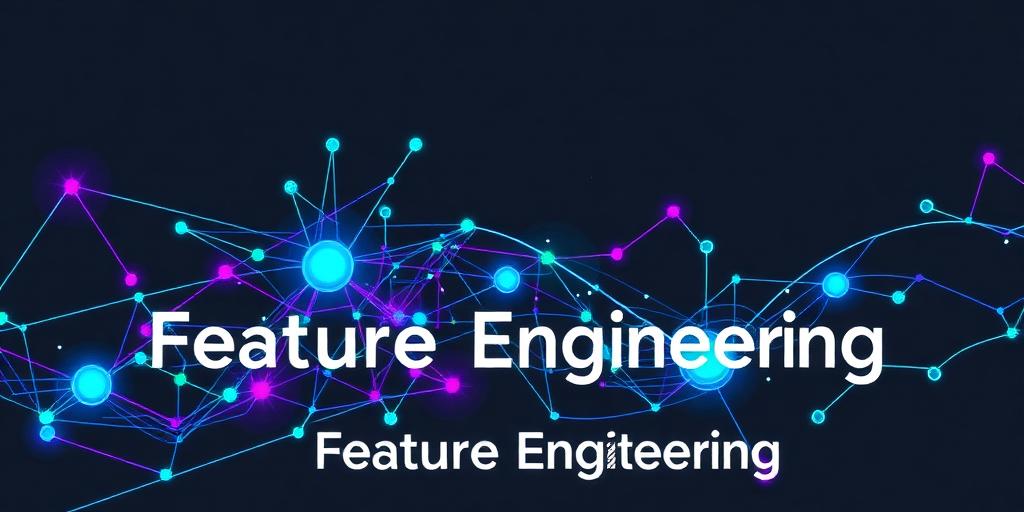A Comprehensive Guide to Natural Language Processing (NLP)
Natural Language Processing (NLP) stands as a foundational pillar in the realm of artificial intelligence, enabling machines to comprehend, interpret, and generate human language in a valuable and meaningful way. As our digital interactions become increasingly text-centric, the importance of NLP continues to escalate, driving innovations across diverse industries. This guide aims to demystify NLP, exploring its core principles, fundamental techniques, wide-ranging applications, and future trajectory.
Understanding the Core of NLP
At its essence, NLP bridges the gap between human communication and computer understanding. It involves the intricate process of teaching computers to process and analyze large amounts of natural language data. This field is inherently interdisciplinary, drawing upon insights from computer science, artificial intelligence, and computational linguistics.
How NLP Transforms Language into Data
The journey from raw human language to machine-understandable data involves several crucial steps:
- Tokenization: Breaking down text into smaller units, such as words or phrases (tokens).
- Parsing: Analyzing the grammatical structure of sentences to understand the relationships between words.
- Named Entity Recognition (NER): Identifying and classifying key information in text, such as names of people, organizations, locations, and dates.
- Sentiment Analysis: Determining the emotional tone or sentiment expressed in a piece of text (e.g., positive, negative, neutral).
- Part-of-Speech (POS) Tagging: Assigning grammatical categories (noun, verb, adjective, etc.) to each word in a sentence.
Key Techniques and Methodologies in NLP
The evolution of NLP has been marked by significant advancements in algorithmic approaches, moving from rule-based systems to sophisticated machine learning and deep learning models. Modern NLP leverages techniques that can learn complex patterns and contexts from vast datasets.
The Role of Machine Learning and Deep Learning
Contemporary NLP heavily relies on machine learning, particularly deep learning architectures like recurrent neural networks (RNNs), convolutional neural networks (CNNs), and, most notably, transformer models. These models are adept at understanding sequential data, making them highly effective for language processing tasks. Large Language Models (LLMs), for instance, exemplify the power of transformer architectures in generating remarkably human-like text and performing complex language understanding tasks.
Diverse Applications of Natural Language Processing
The practical implications of NLP are extensive and continue to expand, transforming how businesses operate and how individuals interact with technology. Key applications include:
- Customer Service Automation: Chatbots and virtual assistants powered by NLP handle customer queries, provide support, and streamline interactions, improving efficiency and user experience.
- Sentiment Analysis: Businesses leverage sentiment analysis to gauge public opinion about products, services, or brands from social media, reviews, and news articles, informing strategic decisions.
- Machine Translation: NLP enables real-time translation services, breaking down language barriers and facilitating global communication.
- Spam Detection: Email filters utilize NLP algorithms to identify and flag unsolicited messages, enhancing cybersecurity and user safety.
- Information Extraction: Extracting specific data points or facts from unstructured text, which is crucial for legal, medical, and financial industries.
- Text Summarization: Automatically generating concise summaries of longer documents, saving time and aiding information consumption.
Challenges and the Future Landscape of NLP
Despite significant progress, NLP still grapples with challenges such as ambiguity (words with multiple meanings), sarcasm, cultural nuances, and the need for massive, high-quality training data. However, ongoing research is continuously pushing the boundaries.
The future of NLP is poised for even greater integration into everyday life. With advancements in ethical AI, explainable AI, and multimodal NLP (processing text alongside images, audio, and video), we can anticipate more nuanced, reliable, and context-aware language understanding systems. The proliferation of powerful NLP models will continue to revolutionize industries, making human-computer interaction more intuitive and efficient than ever before.
Conclusion
Natural Language Processing is a pivotal technology that underpins much of the AI innovation we witness today. By enabling machines to understand and interact with human language, NLP opens up unprecedented opportunities for automation, insight generation, and enhanced user experiences. As the field continues to evolve, its impact on business, communication, and daily life will only grow, solidifying its status as an indispensable component of the digital age.









